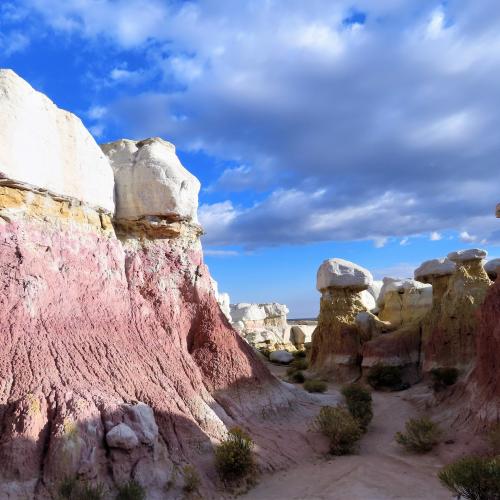
Türkiye: Developing a climate risk reduction guide for Heritage sites
In the Cappadocia region of Türkiye, a UNESCO World Heritage Site known for its distinctive fairy chimneys (a tall, thin rock formation that typically has a conical shape) and rock-hewn churches, an EU-supported initiative is creating a framework to protect cultural assets from climate change-induced hazards.

